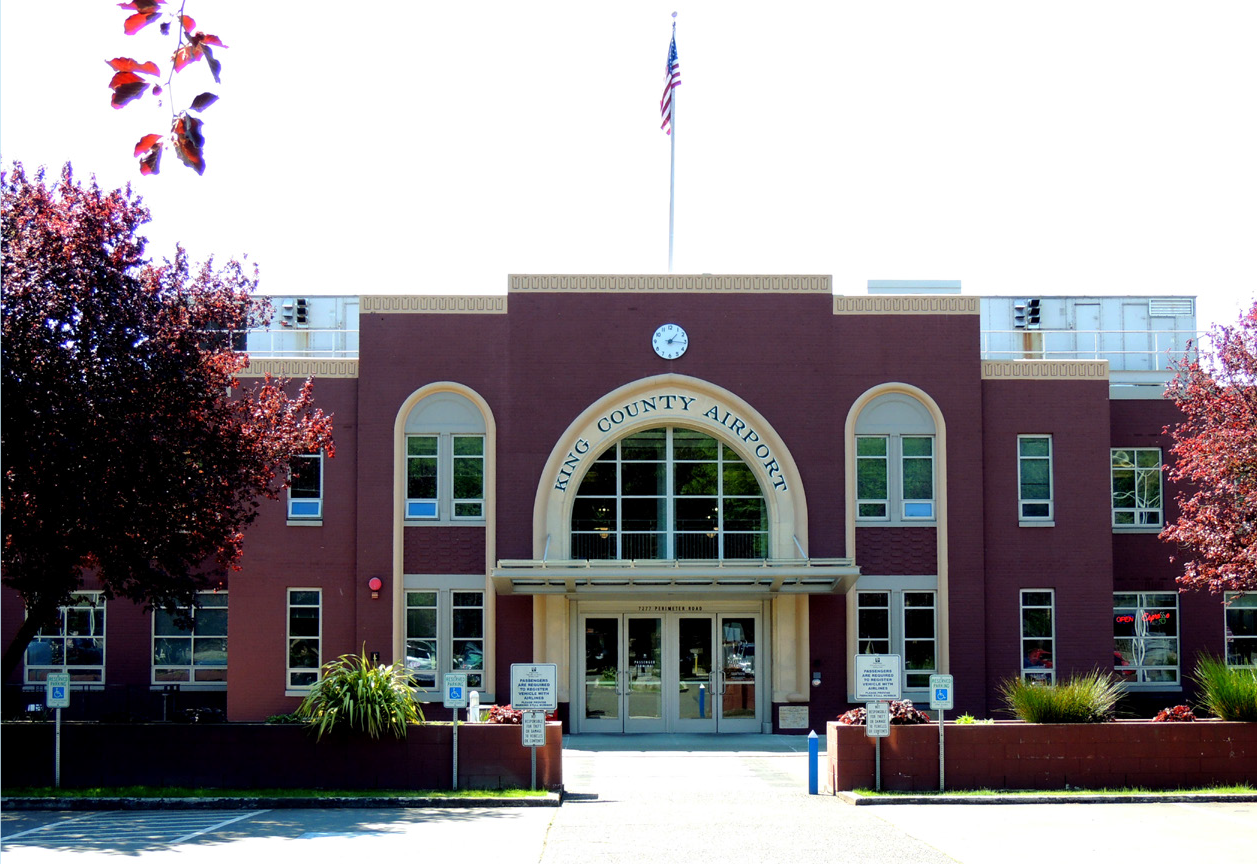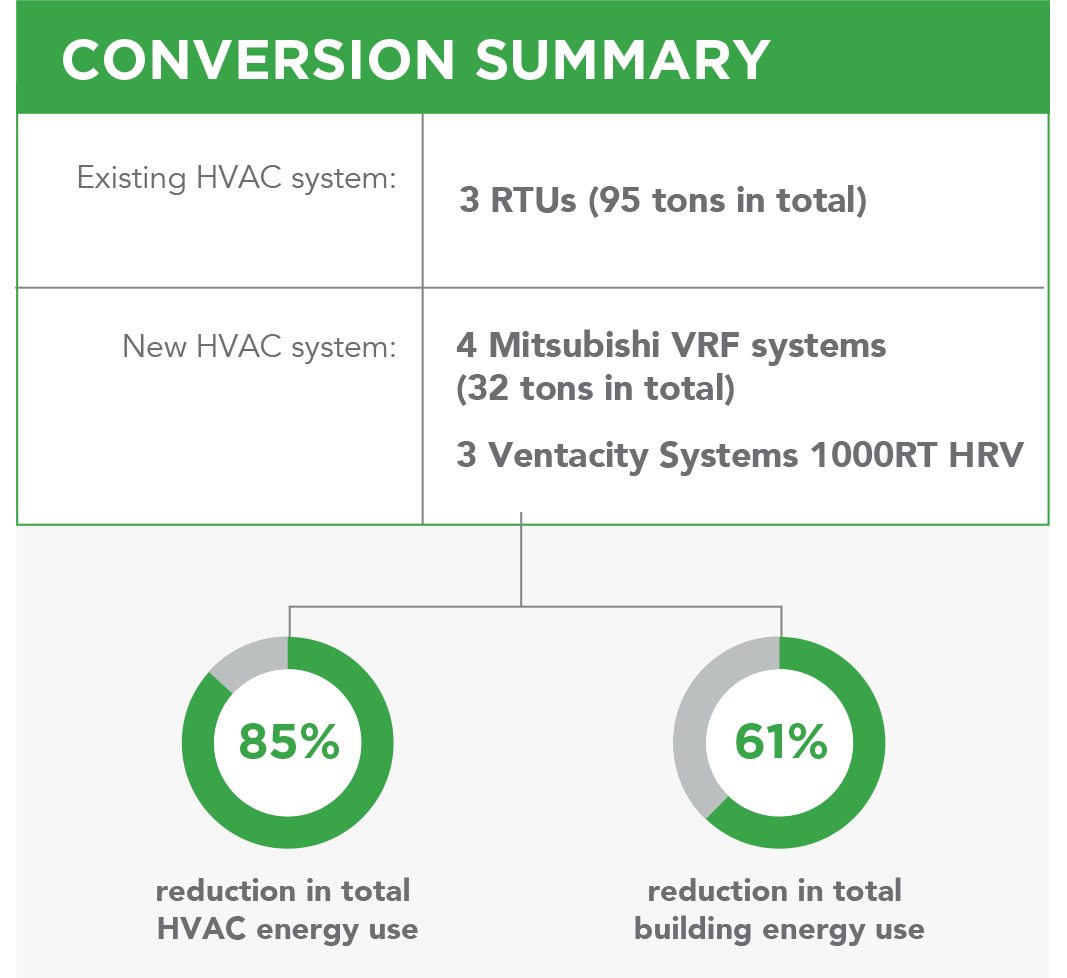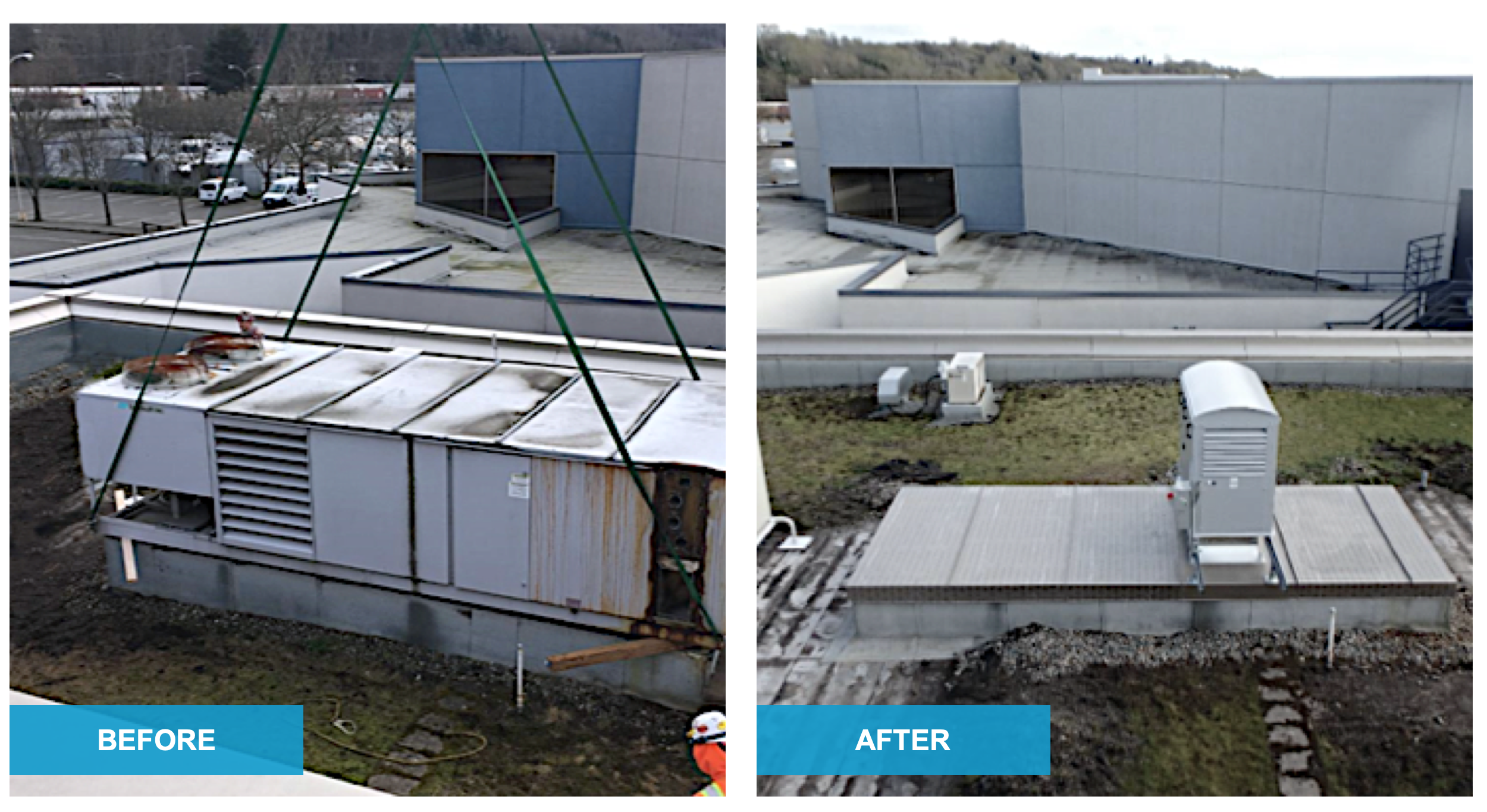Historic Airport Terminal Gets State-of-the-Art HVAC Upgrades

Although a two-story, 1930s airport terminal building in Seattle underwent a major renovation in 2002, the HVAC was largely untouched. The duo of large, multizone rooftop units (RTUs) were left in place, with a third unit of the same type added during the renovations. This inefficient HVAC system wasted energy and money, led to inconsistent temperatures, and caused severe occupant discomfort.
Additionally, the system didn’t address the building’s unique air quality challenges. Nestled between airport runways and very densely trafficked rail lines, jet fumes would infiltrate the airport terminal building and linger for hours. “The system wasn’t doing its job,” said David Broustis, Energy Manager at King County Dep. of Natural Resources and Parks. “And when it did decide to work, the cost associated with it was astronomical.” After years of increased maintenance and poor performance, the building management team faced a decision to continue to repair their current system or replace it. That’s when they learned of an innovative approach to upgrading their HVAC system. This new approach could significantly reduce energy use, ensure 100-percent fresh air at all times, and provide year-round comfort in the variable Seattle climate.
New Approach to High-Performance HVAC Significantly Reduces Energy Use

To maintain comfortable temperatures, the existing HVAC system was often working overtime to provide hot and cool air at the same time, an outcome inherent to the design of dual-deck RTUs. With the help of a $53,052 incentive from Seattle City Light, the building managers decided a very high efficiency dedicated outside air system was the ideal HVAC solution to meet their needs.
DOAS separates heating and cooling from the ventilation system to allow for optimal control of each of these critical building functions. Building on the DOAS concept, a very high efficiency DOAS includes heat recovery ventilation and focuses on increased equipment efficiency and optimized system design. This approach has been proven to yield significant energy savings in new and existing commercial buildings while also providing:
- Increased occupant comfort
- Improved indoor air quality due to filtered 100% outside air being brought into the space
- Lower energy bills because the very high efficiency HRV allows for a smaller heating and cooling system that runs less often
- Saved roof space through system downsizing and reduced ductwork
Results
The building management team now enjoys decreased maintenance costs and a significant reduction in energy costs. In fact, the HVAC upgrades have combined with a lighting retrofit to cut energy costs by 61%—equal to approximately $31,000 per year. Airport employees and customers are much happier and more comfortable with the precise temperature control and individualized settings of the new systems.

Seattle City Light offers complimentary assistance and financial support to help businesses save energy and boost their bottom line. To learn more, visit energysolutions.seattle.gov.

